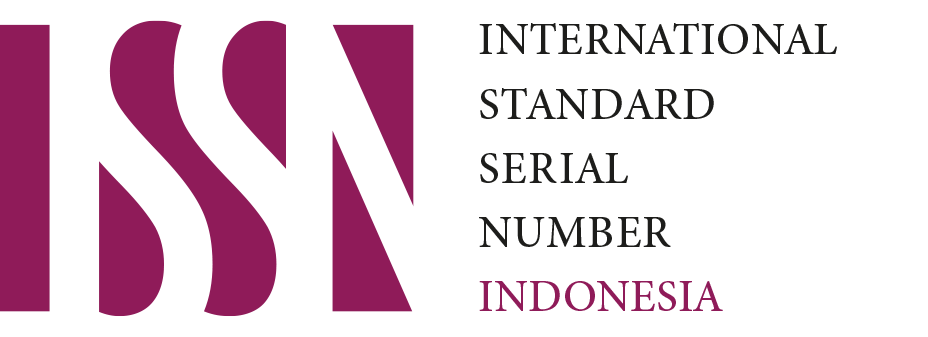Literature Review: The Effectiveness First Aid Pressure Immobilization Bandages Technique of Snake Bite
Abstract
Backgrounds: Snake bites are a medical emergency that can cause permanent disability and even death (Wintoko and Prameswari 2020). The main principle recommended for the first treatment of a snakebite is to immobilize the area with a pressure bandage (pressure immobilization bandages) then immediately referred to the hospital for further treatment.
Objective: To know the effectiveness of pressure immobilization bandages (PIB) first aid against snake bite.
Methods: Article searches were conducted electronically using Google Scholar, PubMed, Science direct, National Library and Pro quest databases. Articles used from 2016 to 2021. The keywords in this article search were “pressure immobilization bandages” and “snake bite. So that 5 research articles were reviewed. Inclusion criteria included articles published in 2016-2021, articles in Indonesian and English, involving snake bite patients and being given the Pressure immobilization bandage technique intervention. Meanwhile, the exclusion criteria include articles that cannot be accessed, based on meta-analysis, and journals that discuss snake bites but are not in accordance with the topic to be reviewed.
Results: Pressure immobilization bandages (PIB) can be used in first aid because they can inhibit the spread of snake venom and are 20 times faster in the healing process if done in first aid.
Conclusion: Pressure immobilization bandages (PIB) are effective in first aid for snake bites.
Keywords: Pressure immobilization bandages; snake bite
Full Text:
PDFReferences
Avau, Bert, Vere Borra, Philippe Vandekerckhove, and Emmy De Buck. 2016. “The Treatment of Snake Bites in a First Aid Setting: A Systematic Review.” PLoS Neglected Tropical Diseases 10(10): 1–20.
Cindy Nurul Afni, Anissa, and Fakhrudin Nasrul Sani. 2020. “Pertolongan Pertama Dan Penilaian Keparahan Envenomasi Pada Pasien Gigitan Ular.” Jurnal Kesehatan Kusuma Husada: 91–98.
Fry, Bryan G. 2018. “Snakebite: When the Human Touch Becomes a Bad Touch.” Toxins 10(4): 1–24.
Luman A., dan Endang. 2016. Snake bite berbisa. Divisi Penyakit Tropik dan infeksi. Departemen Penyakit Dalam Fakultas Kedokteran Universitas Sumatera Utara
Medikanto, Alfi Rizky, Lothar Matthaeus Manson Vanende Silalahi, and Sri Sutarni. 2017. “Viperidae Snake Bite: Kasus Serial.” Berkala Ilmiah Kedokteran Duta Wacana 2(2): 361.
Melati, Rima, Yogi Sugito, Nurul Aini, and Ellis Nihayati. 2018. “The Correlation Between The Types Of Snakes, Geographical Area, Pre-Hospital Treatment And The Outcome Of Snakebite Patients.” 3(82): 2016–19.
Nduagubam, Obinna Chukwuebuka et al. 2020. “Snakebite in Children in Nigeria: A Comparison of the First Aid Treatment Measures with the World Health Organization’s Guidelines for Management of Snakebite in Africa.” Annals of African Medicine 19(3): 182–87.
Putra, Denny Dwi Kurnia. 2019. “Gambaran Kasus Kejadian Gigitan Ular Di Instalansi Gawat Darurat Rumah Sakit Perifer Di Jember.” Universitas Jember. https://repository.unej.ac.id/handle/123456789/92874.
World Health Organization (WHO). 2016. Guidlines for the Management of snakebites, 2nd edition. WHO Library Cataloguing in- Publication data
Wintoko, Risal, and Neema Putri Prameswari. 2020. “Management of Snake Bite.” JK unila 4(1): 49
DOI: https://doi.org/10.31983/j-sikep.v2i2.7739
Article Metrics
Refbacks
- There are currently no refbacks.
Jurnal Studi Keperawatan (e-ISSN: 2722-9289), is published by Keperawatan Blora, Politeknik Kesehatan Kemenkes Semarang, Jl. Gatot Subroto No.119, Kajangansawan, Sonorejo, Kec. Blora, Kabupaten Blora, Jawa Tengah 58213















